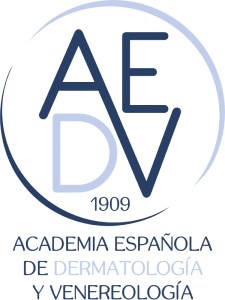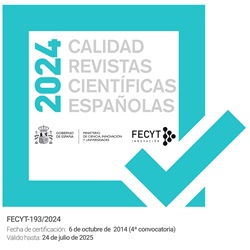A 60-year-old woman was referred to dermatology with a 2-month history lesion on her left nipple. Clinically, she presented with a well-demarcated 10mm nodular tumor. Dermoscopy revealed regular vascular structures in the upper area (black arrow) and a yellowish-orange cotton-like region in the lower area (red arrow), all against an erythematous–violaceous background (asterisk) (Fig. 1). Histology revealed a dermal tumor nodule with ductal structures over the superficial ducts of the nipple. With these characteristics, the diagnosis was nipple adenoma, a benign tumor originating from the lactiferous ducts. Recognizing this condition clinically helps in the differential diagnosis with malignant processes like Paget's disease (PD) or basal cell carcinoma (BCC), where dermoscopy serves as a diagnostic aid. Described dermoscopic features include red dots arranged linearly or semicircularly (corresponding to tubular structures), erythematous–violaceous areas underlying zones of epidermal erosion, regular and linear vascular structures (reflecting tumor vascularization), and yellowish areas related to hyperkeratotic regions. PD is characterized by diffuse grayish-blue pigmentation and irregular polymorphic vessels. The vascular structures can be confused with BCC; however, BCC typically has a pearly appearance and is often accompanied by other signs absent in nipple adenoma. In conclusion, dermoscopy can aid in a more precise diagnosis, though histological confirmation is still necessary (Fig. 1).
El factor de impacto mide la media del número de citaciones recibidas en un año por trabajos publicados en la publicación durante los dos años anteriores.
© Clarivate Analytics, Journal Citation Reports 2025
SJR es una prestigiosa métrica basada en la idea de que todas las citaciones no son iguales. SJR usa un algoritmo similar al page rank de Google; es una medida cuantitativa y cualitativa al impacto de una publicación.
Ver másSNIP permite comparar el impacto de revistas de diferentes campos temáticos, corrigiendo las diferencias en la probabilidad de ser citado que existe entre revistas de distintas materias.
Ver más




